8 th September , 2019
Based in Buenos Aries Argentina, Frank xarate, uses identity and ancestry to inform his work. Primarily working in collage which combines digital and manual techniques, this emerging artist is creating a unique visual language taking references from classical line drawings and graffiti.
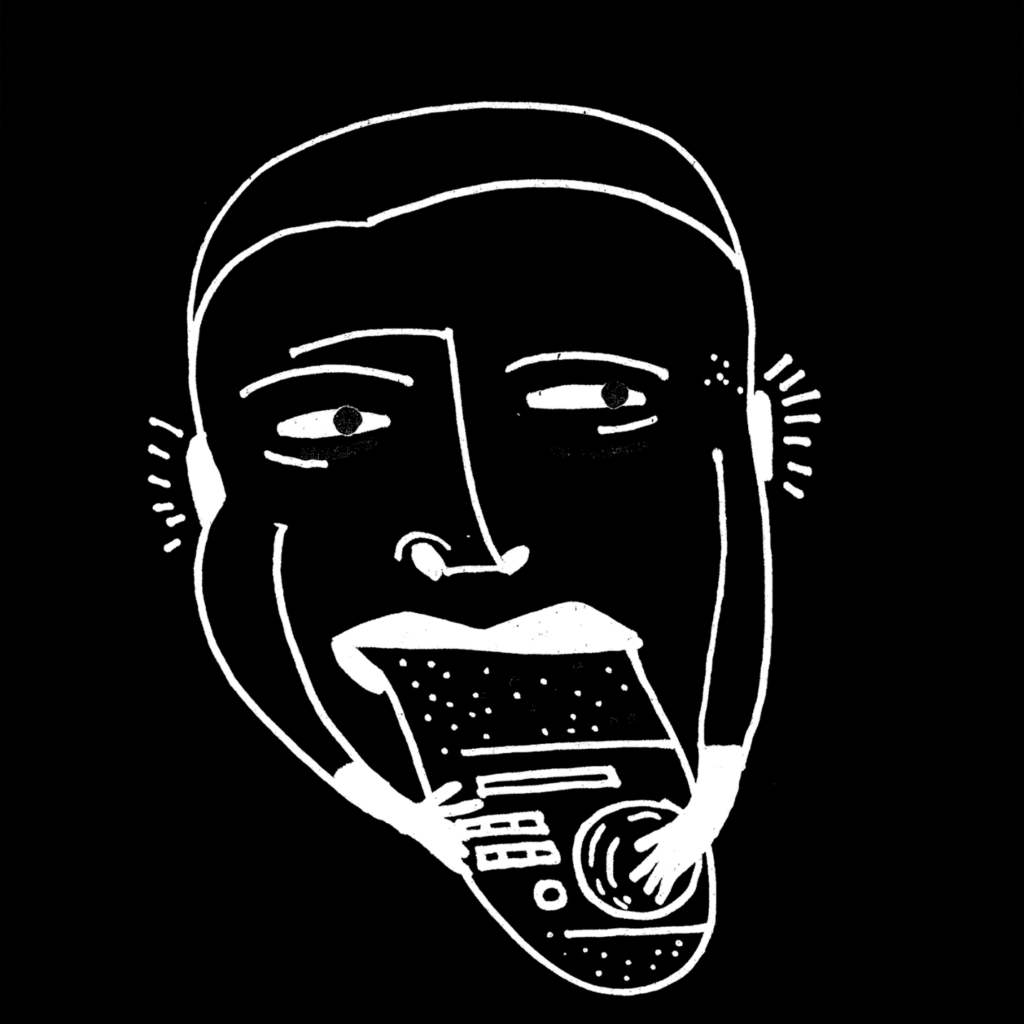
ArtX: Tell us about you as a person.
Frank xarate: I am Francisco Hernando Fuentes Zarate (Frank xarate) I was born in Buenaventur, a small island in the Colombian Pacific, I currently reside and perform my profession in the city of Buenos Aires. as a designer in visual communication, graduated from UNLP BELLAS ARTES. I am currently studying the postgraduate course in conceptual design at the Tres de Febrero University (UNTREF)
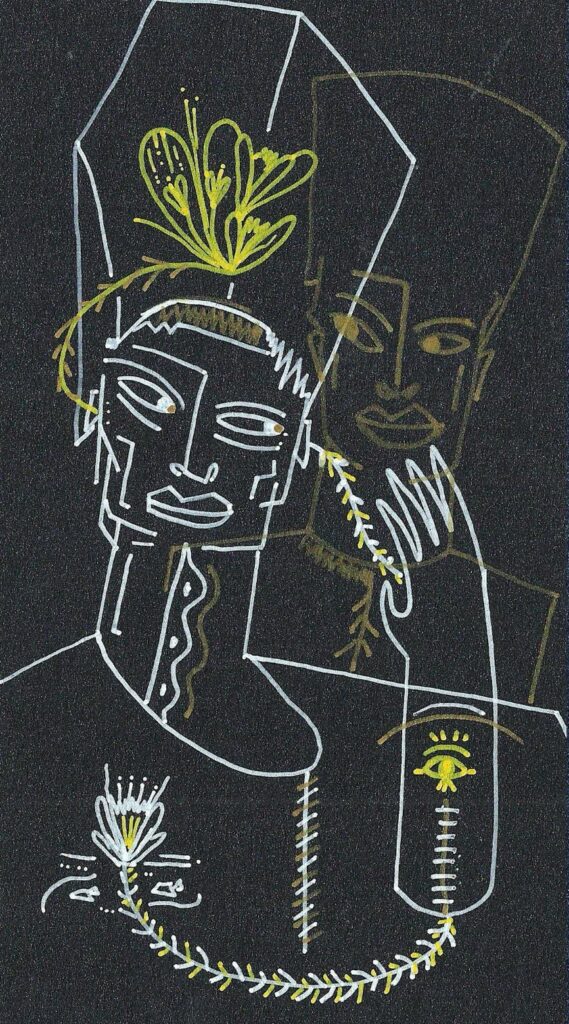
I consider myself a creator of images, an ideation process that arises in the interaction between art and design, and an ancestral background. I am interested in the relationship between digital and manual techniques, the constant swing between these approaches characterizes my work.
My works are built on various media such as paper, fabrics, acrylic, self-adhesive vinyl for fabric, magazine clippings, newspapers, as well as objects found attached to the work. In some cases for digital montages the use of my own images and from the web, the scanning of organic and inorganic objects found on public roads that are part of the work.
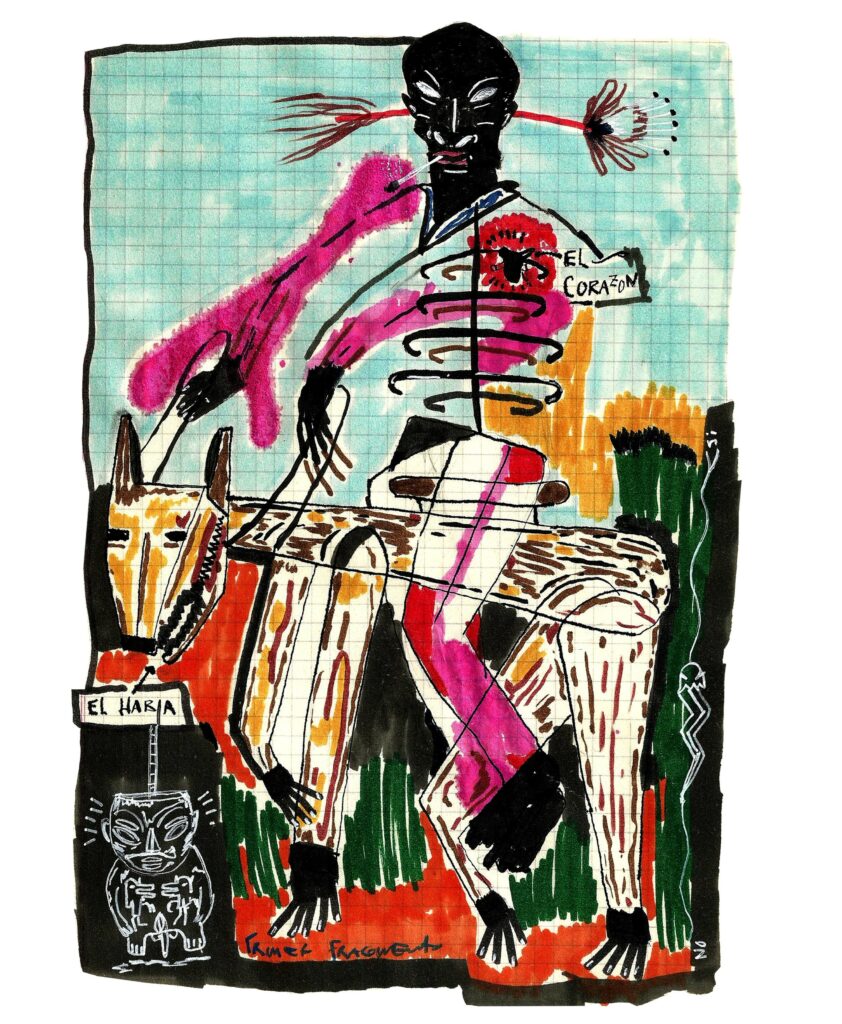
These digital/manual collages, stencils, illustrations, prints, looms and sculptures do not attempt to explore unknown worlds, but the connection with the imaginary that founded my childhood in Colombia, the memory of blackness and surveys of myths that crossed my identity. These works also seek to build the story of a mythical landscape, with the use of color, building characters, based on the recreation of ancient myths according to my perspective of the world.
The invisible material of my works are dreams, stories and objects of childhood, fears, and images that challenge me in the Pacific Ocean, the density of the jungle when crossing the mountains, these experiences await as a second skin in the senses, the images that I believe are a fickle body that speaks for itself, they suggest its own universe where my hands are the sieve of its body.
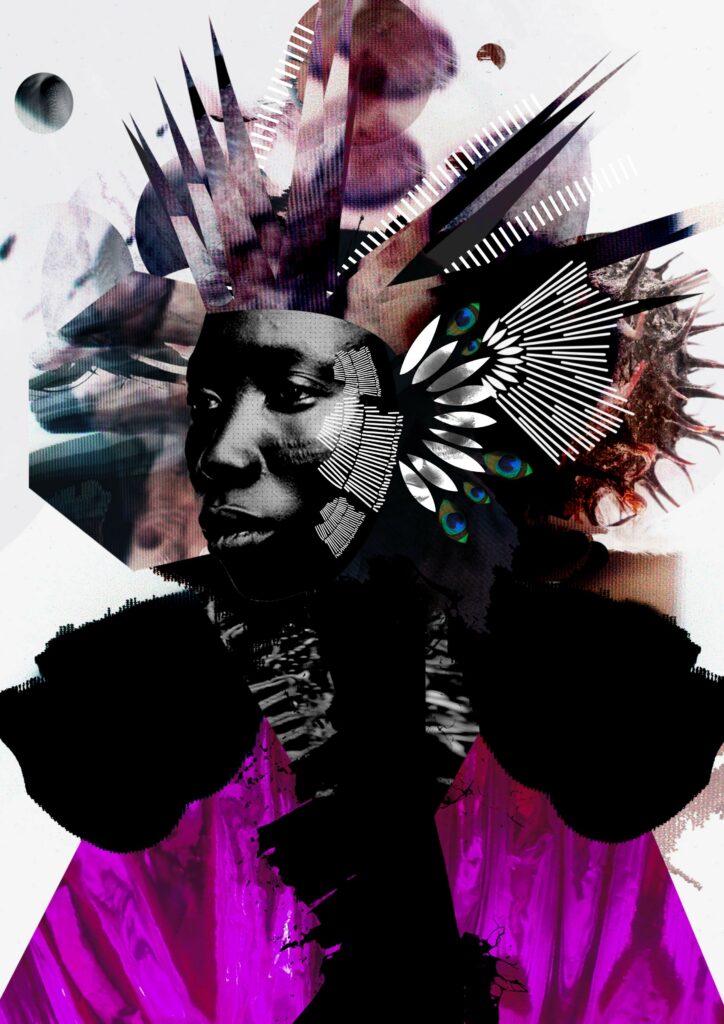
How long have you been practicing art professionally, when did you consider yourself a real artist?
About 4 years ago in which I participated in collective exhibitions and last year my first collective exhibition here in Buenos Aires, I currently always research artistic residences and art competitions where I can participate from a distance such as mail art.
You know, it’s something fluctuating, I really consider myself an artist and visual designer, or rather an image creator, I always try to be at the edges where both practices are combined.

Did you go to art school? Tell us about your training, formal and informal.
I did not properly attend an art school, but luckily in the career of design in visual communication, it has a historical focus on design and its relationship with art, especially with the artistic avant-gardes and the entire visual phenomenon of posters, its message, reproduction and context. that in terms of an institution that is framed in the learning of a profession, parallel to this I carried out some workshops of screen printing and printing on various surfaces, as well as watercolor workshops, and analysis of conceptual art. I am always on the move and learning new things. I have always been interested in ancestral cultures, their worldview and representation of the world, as well as current artists throughout the world with whom I recognize myself in their image. So on my computer I have inspirational folders that range from Mayan sculptures to Basquiat, I consider that taking the time to research, and buy books is in itself a way to nurture your thoughts and get inspired.

What medium do you prefer to work in?
The truth is that I have had several media in which I work, I am currently mixing drawing and collage, as well as gifs, I do not have in itself established, since sometimes I get up with an idea that can be a collage, and by the next day, I can convert it to an animated gif. I prefer to leave that way of working free because that way different images/ideas that I create are created. So I prefer the mixture in the creation process.
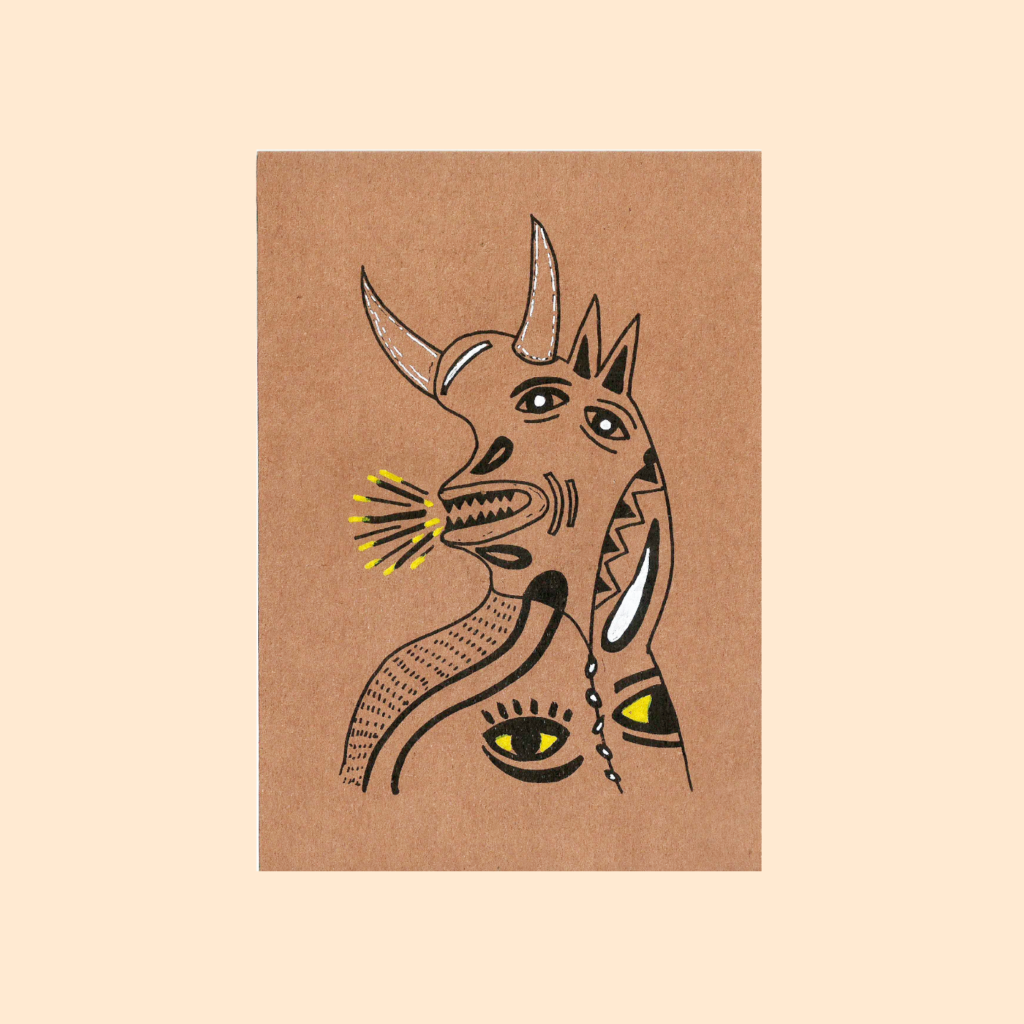
Who are some of your art inspirations? What are some of your non-art inspirations?
My main form of inspiration is the environment that surrounds me, essentially a natural space, since I was a child, I grew up facing the Pacific Ocean, watching the tide go down and you can walk on the beach and find an infinite number of objects, in addition to shapes, it was my first connection with art. This as soon as my childhood. Now with everything I learned in the university, in the postgraduate course and in my own searches, I prefer everything in which I recognize myself, the ancestral art, crafts, or the artists of the periphery of the world those artists that you do not always find in the great art books, but they circulate on the networks today, and that in a certain way has a different way of expressing their ideas and their images are refreshing and not repetitive. What does not inspire me is that repetitive, that in which I do not recognize myself, that which is in conformity with what is fashionable. I prefer the immense world of what has something to say to me that can be from an African, Andean sculpture, etc. until Kara Walker.
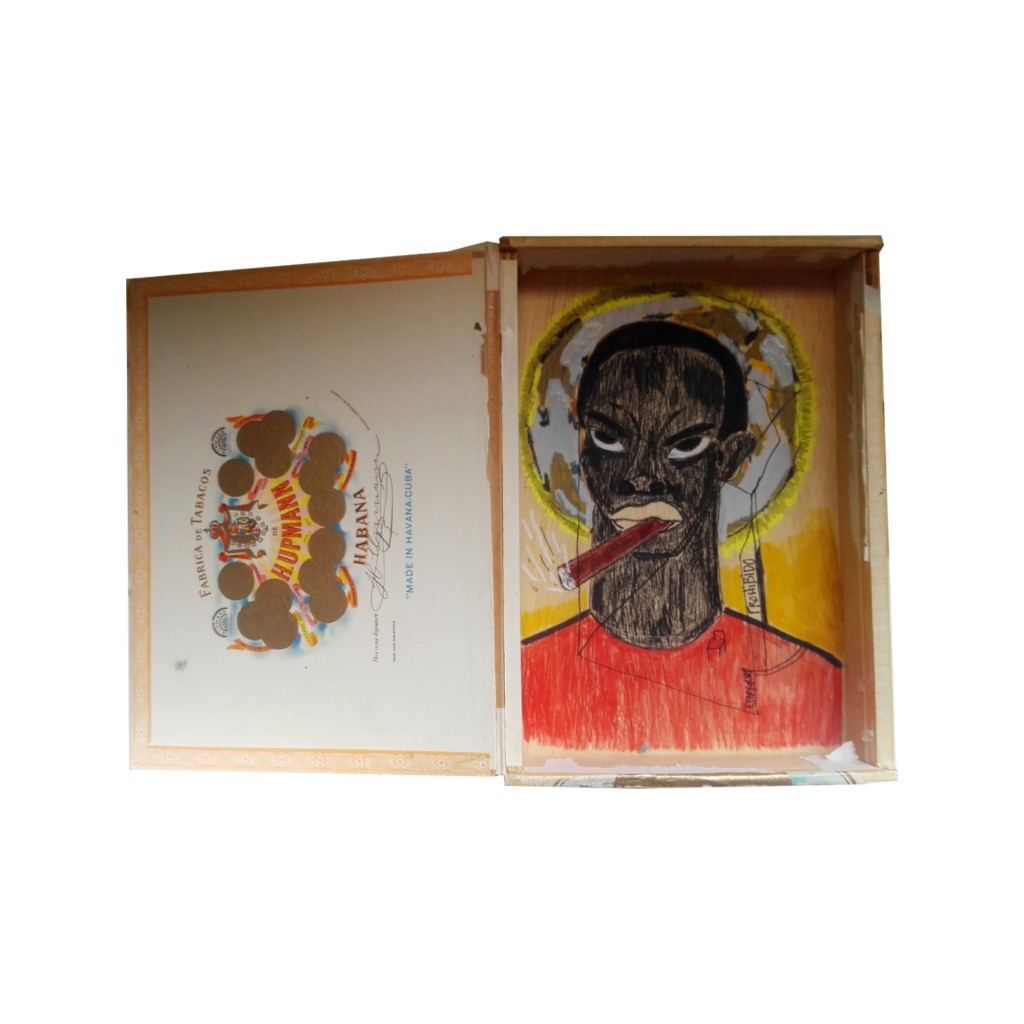
When do you know when a work is finished?
Sometimes it is a beautiful chasm that you can continue testing, but I think there are times when a work can be done and finished in the day or find an old work that is reinterpreted. I think it is a sensation as if it were a tape from Moebius, but it is beautiful to say- it is finished.
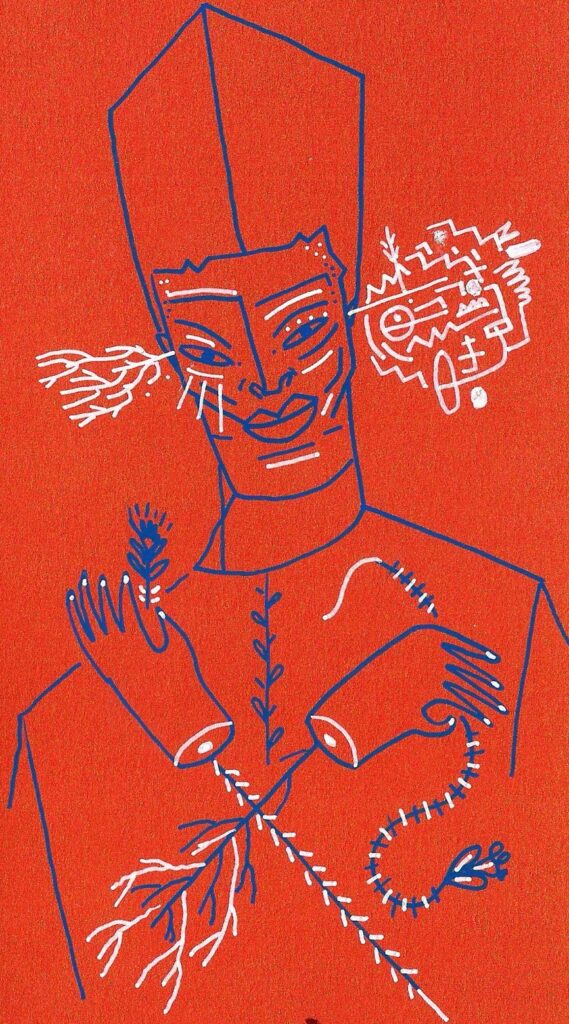
Tell us about your process when working. Do you listen to music or do any rituals to get yourself ready to make art?
My work process is usually in the morning and I prefer to listen to very quiet music, and sometimes something more moved, somehow the sounds are also concatenated with your ideas and it is beautiful to be relaxed or in a state of joy while I work. Music is indispensable. There is a ritual that I consider at the end of my work and is to consider them as entities in themselves, that is, for me they are a way of life, and that I try to make them understand, to whom I buy my work or to whom I give it.
It is important that everything must be in order before and after it is indispensable.

Tell us about the meanings and the concepts behind this particular body of work.
The concept has been something that is mutating, now it is related to the ancestral, with that where I come from, connecting with the image and culture with which I recognize myself, with what challenges me in dreams. With my indigenous and Black origin.

What do you hope viewers would take away from your work?
I love this question, I have a clear idea, and that is when the work is exposed, it is no longer part of me, it becomes part of the other. and the other connects her with her imagination, and I think that’s the beauty of art. to be able to ignite something in the other and that the other appropriates it or not.

What are your biggest goals as a visual artist? And what has been your proudest moment professionally?
My goals at this time, would be to be able to travel and make many artistic residences in places where perhaps my work will change and mutate with the context, learn from other cultures and be able to teach my worldview through art. Well, one of my first moments was to see a picture of me framed in my childhood home, having had my first individual show last year. and the others will come in the future.
I think that already being able to show what one does in art is a prize, and to be able to continue doing it, even against any adversity, art keeps me alive in many aspects.
In fact, this ArtX interview is for me something important that makes me grow and that others can see my art.
THANK YOU!
We thank you Frank! Visit Frank xarate’s website to experience more art and learn of upcoming projects. Follow Frank’s Instagram at @frank.xarate
